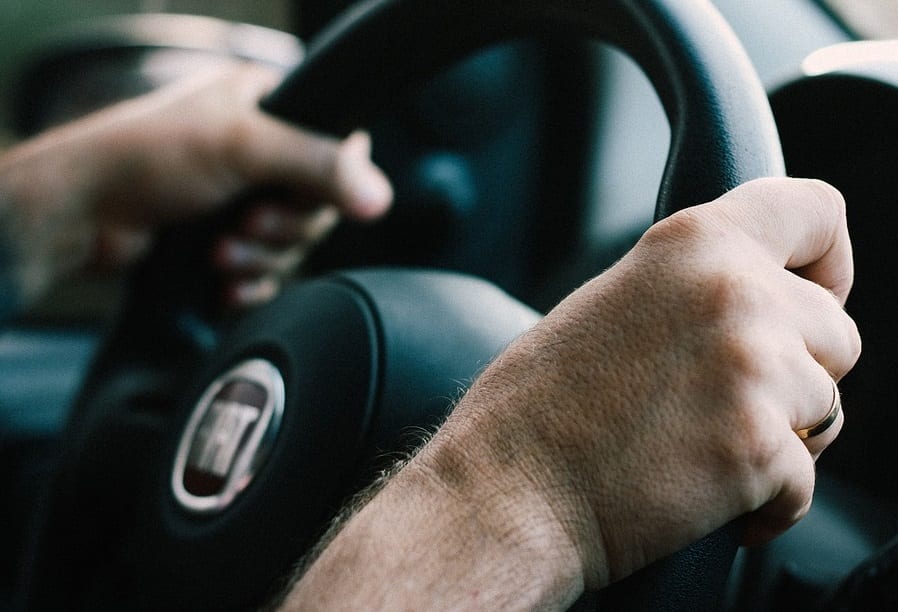The Insurance Institute for Highway Safety found drivers handle many situations better than cars.
Relying exclusively on electronic driver assistance systems can be dangerous, said the result of Insurance Institute for Highway Safety (IIHS) tests. The reason is that those systems are not always as reliable with certain tasks as actual human drivers.
The IIHS found the range of unexpected outcomes ranged from troubling to positively dangerous.
The non-profit group found that driver assistance systems produce unexpected outcomes. Those results can range from bothersome, such as braking too cautiously, to outright dangerous. For instance, if a vehicle starts to head onto the shoulder, there are times in which sensors cannot detect the lanes.
The IIHS study involved testing five different cars. Each of the vehicles were examined for their automatic emergency braking systems (ABS) with an IIHS rating of “superior.”
“The new tests are an outgrowth of our research on Level 2 autonomy,” said IIHS senior research engineer Jessica Jermakian. “We zeroed in on situations our staff have identified as areas of concern during test drives with Level 2 systems, then used that feedback to develop road and track scenarios to compare vehicles.”
The research found that many of the driver assistance systems responses were not as predicted.
Level 2 is a reference to SAE International scale. Using that scale, zero refers to no autonomy at all, while Level 5 refers to full autonomy. Combining active lane-keeping and adaptive cruise control (ACC) represents Level 2. This type of technology is meant to help a driver to control speed, steering and following distance. However, even with these systems in place, the driver remains in control and should stay actively alert and aware.
The IIHS research showed that ACC does not respond as expected to traffic controls such as traffic signals. Moreover, while active lane-keeping does offer sustained steering input to help ensure a car stays inside its own lane, but drivers need to keep holding onto the steering wheel.
“ACC systems require drivers to pay attention to what the vehicle is doing at all times and be ready to brake  manually,” said Jermakian.
manually,” said Jermakian.
That said, the IIHS also pointed to federally-sponsored research showing drivers with ACC driver assistance systems keep longer, safer following distances than those behind the wheel without the added feature.
